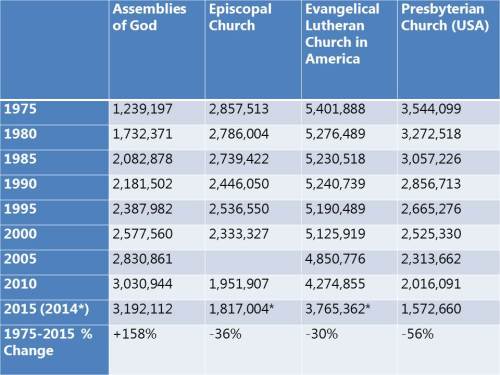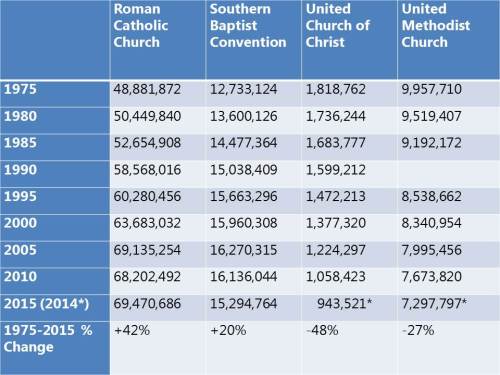
Tent meeting in Seminole, Oklahoma, circa 1930s.
This Week in AG History — May 29, 1937
By Ruthie Edgerly Oberg
Originally published on AG News, 28 May 2020
If you attended meetings in the years of the early Pentecostal movement, you might remember a summer church event that included sawdust floors, crude benches, tents, and open tabernacles. Those early tents and brush arbors have since given way to air-conditioned auditoriums and indoor plumbing, but the rousing fellowship and memorable spiritual experiences continue to ensure that summer camp meetings have a place in the life of the church.
Although the Assemblies of God has a long tradition with the camp meeting, the phenomenon predates the Pentecostal movement. It was in 17th-century Scotland that a group of Presbyterians, known as Covenanters, refused to recognize the right of the king to mandate religious conformity and were expelled from their churches. They began to hold illegal open-air meetings. Attendance at these meetings was declared a capital offense and many Covenanters were martyred for their stand.
Some fled to Ireland and along with others formed the base of the Scots-Irish immigration of the 1700s. Many eventually settled south into Virginia and the Carolinas, with a large concentration in the Appalachian region. They brought with them their tradition of the extended outdoor meeting.
It was one of these Scottish Presbyterian camp meetings in Cane Ridge, Kentucky, in 1801 that brought thousands of Presbyterians, Methodists, and Baptists together for an outdoor meeting that featured revivalistic preaching, enthusiastic singing, and extended prayer meetings with a flood of religious enthusiasm. The revival fires of the Cane Ridge Camp meetings set off the Second Great Awakening that sparked a movement of camp meeting revivalism that shaped the course of western American Protestantism.
By the mid-18th century, the Baptists and Presbyterians largely abandoned the camp meeting for indoor protracted meetings. The Methodists, however, began to build permanent meeting sites for the purpose of joining together with other believers for Bible teaching, extended prayer, and exhortational preaching. These camp meetings became a staple for the Holiness Movement of the later 18th century.
When the Pentecostal movement sprang out of the influence of the Holiness churches, it was natural to continue the camp meeting practice. Early Assemblies of God adherents, such as those in Wisconsin who rented Camp Byron in Fond du Lac County from the Methodist church, used these meetings for inspiration, fellowship, consecration, and response to the call of God.
The May 29, 1937, issue of the Pentecostal Evangel served as a promotional tool for many of the scheduled camp meetings of that summer. In the article, “Let’s All Go to Camp Meeting,” Evangel readers are made aware of the many district camp schedules for that year, including Wisconsin-Northern Michigan, Kansas, Virginia, Texico, Northern California-Nevada, New England, Potomac, Northwest, West Central, Illinois, Yellowstone, Arkansas, Louisiana, Rocky Mountain, and the North Central districts. Speakers included W. I. Evans, E. S. Williams, Myer Pearlman, Otto Klink, Charles Price, Ralph Riggs, Howard Carter, and many other pastors and lay preachers, both male and female.
These camp meetings were not limited to the members of the host district. The West Central district camp at Storm Lake, Iowa, reminded readers that “last year the crowd was estimated at six to seven thousand people … and we are expecting a larger crowd this year. More than half of the states in the union were represented at last year’s meeting.”
The schedule varied by district, but the one listed by the Appalachian district, held at Pentecostal Park in Bristol, Virginia, was typical: Devotional at 7 a.m., Children’s service at 9 a.m., Bible teaching at 10:30 a.m., preaching at 2:30 p.m., young people’s service at 6 p.m., and an evangelistic service at 8 p.m.
While the meetings had some limited focus on certain demographics, the services were not segregated by age. Adults attended children’s services, and children attended alongside the adults. It was in these services that many children and young people were introduced to the leaders of the Pentecostal movement as they were exposed to anointed teaching in each service.
Many Pentecostal laypeople trace their first exposure to the baptism in the Holy Spirit to these protracted meetings. Ministers and missionaries testify of receiving their call to lifelong service around the altar at camp meeting. Other benefits included the tight bond of fellowship established between those who attended different churches but found lasting relationships at camp, including missionary Melvin Hodges. Not only was he was introduced to a love for Bible teaching by a camp speaker, but camp also provided the opportunity, as it did for many others, to meet a future spouse.
Although much has changed in our camp meeting presentation over the years, it remains an important chapter in our shared heritage. As the Evangel said in 1937, “It is blessed to be able to drop the daily tasks for a while and to go to some place where you can give yourself wholly to the things of God.”
Read the article, “Let’s All Go to Camp Meeting,” on page 9 of the May 29, 1937, issue of the Pentecostal Evangel.
Also featured in this issue:
• “How Moody Used the Power” by Zelma Argue
• “The Result of One Day’s Travailing Prayer” by Charles G. Finney
• “God’s Condition for Revival” by Beatrice Pannabecker
And many more!
Click here to read this issue now.
Pentecostal Evangel archived editions courtesy of the Flower Pentecostal Heritage Center.
Do you have Pentecostal historical materials that should be preserved? Please consider depositing these materials at the Flower Pentecostal Heritage Center (FPHC). The FPHC, located in the Assemblies of God national offices, is the largest Pentecostal archive in the world. We would like to preserve and make your treasures accessible to those who write the history books.
Flower Pentecostal Heritage Center
1445 North Boonville Avenue
Springfield, Missouri 65802 USA
Phone: 417.862.1447 ext. 4400
Toll Free: 877.840.5200
Email: archives@ag.org
Website: www.iFPHC.org

 This Week in AG History — May 23, 1954
This Week in AG History — May 23, 1954











